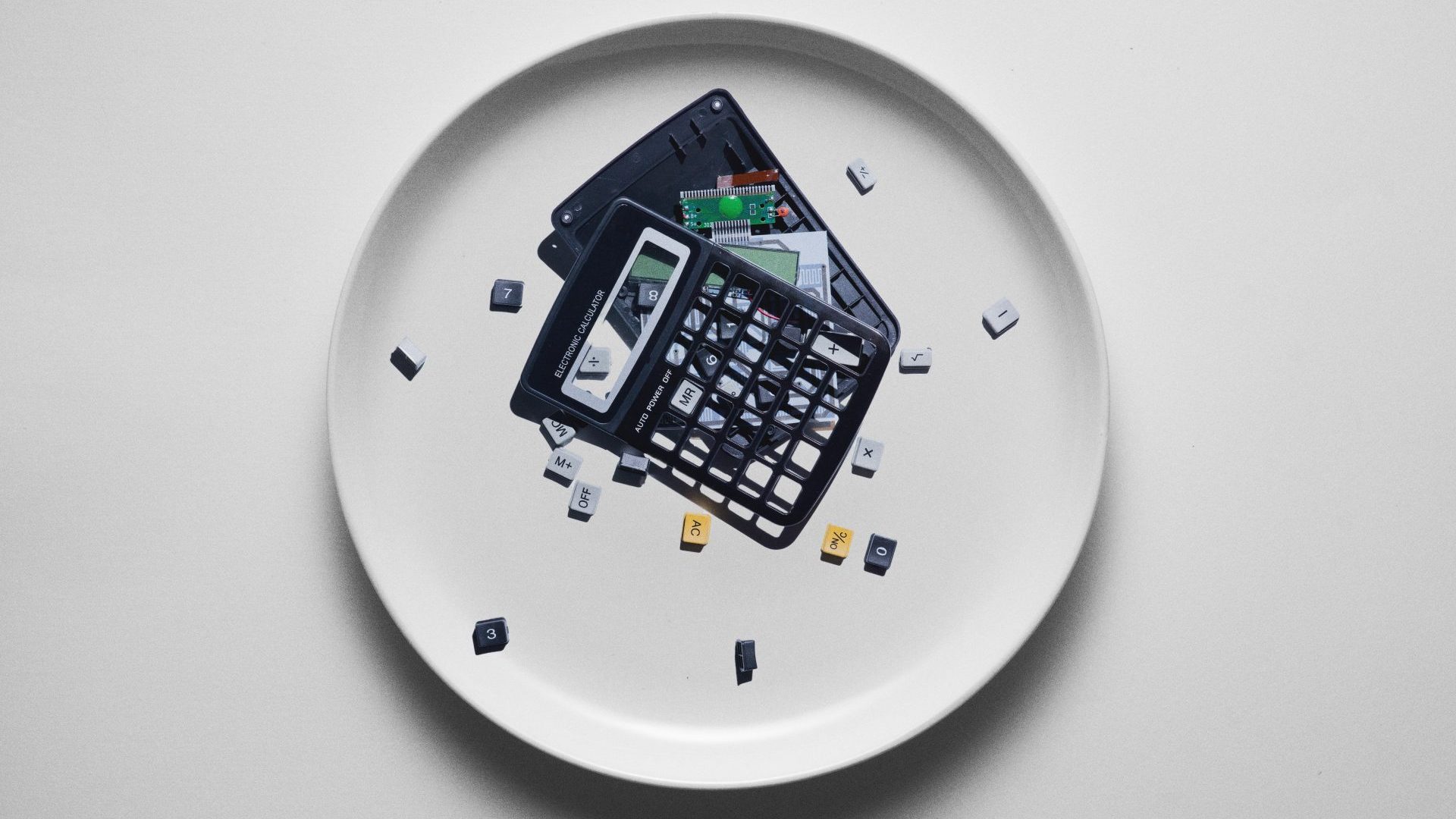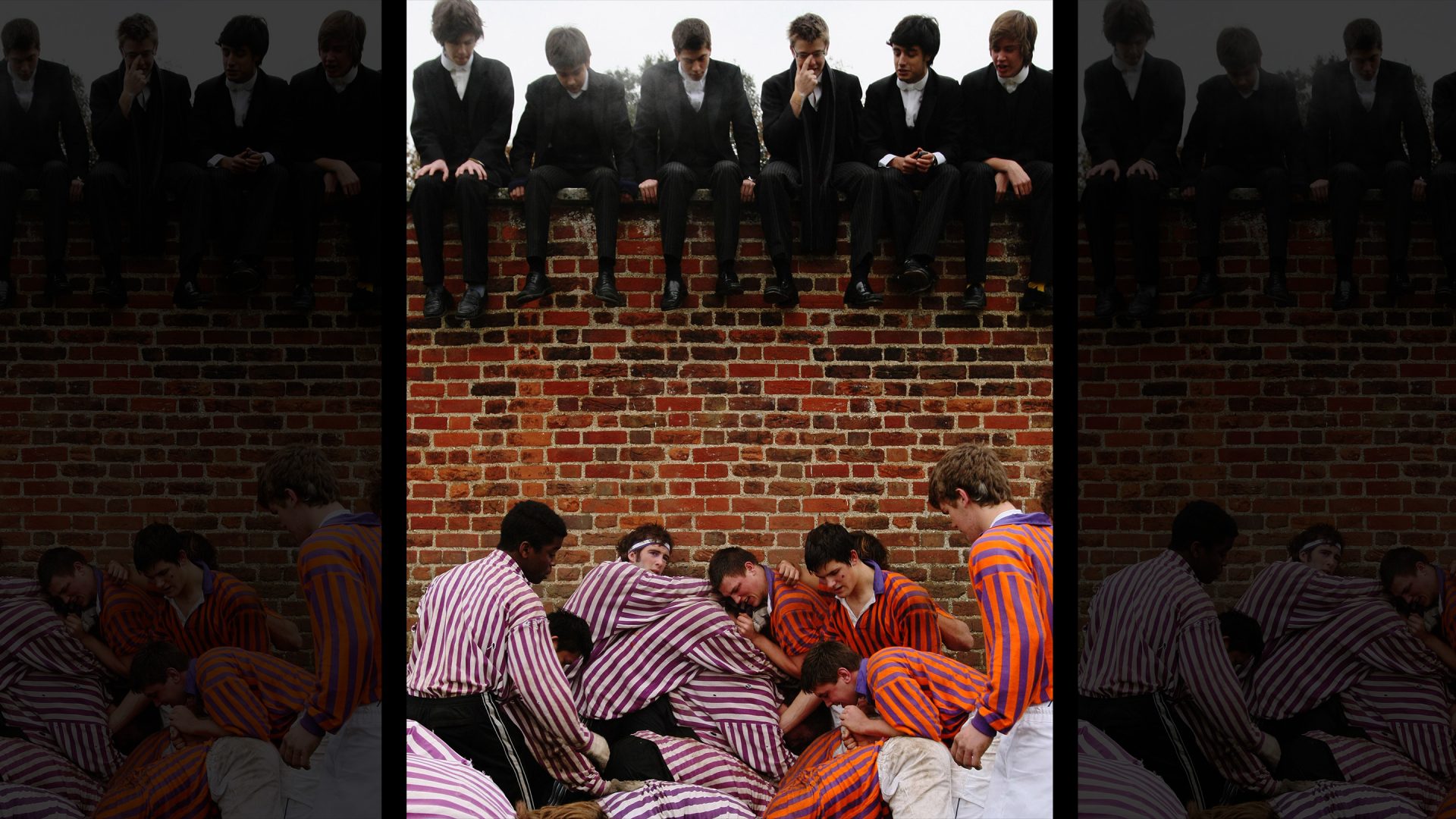In 2016, Nobel Prize-winning economist Paul Krugman described the Irish economy’s amazing growth rate of 26.3% as “Leprechaun economics”. This was based on the fact that Apple’s decision to move its intellectual property assets to its Irish site a year earlier had helped to increase Ireland’s GDP by 25%.
So, said Krugman, this was not the return of the Celtic Tiger economy, which roared during the pre-2008 crash boom years. It was not real growth or real money – it was an accounting procedure, as relevant to the real world as the little people of Irish legend.
Instead of reacting as our Brexiteer governments and media have to criticism – lots of harrumphing, accusations of talking down Britain, vague promises of sunlit uplands to come – Ireland took Krugman’s comments on board. The Bank of Ireland no longer uses Irish GDP to measure the country’s economy – it is just too distorted by those huge multinationals parking money in the emerald isle. Instead, it uses something called Modified Domestic Demand (MDD), to get a better idea of what the real economy is doing.
The result is that actual growth in Ireland is much lower than headline GDP would suggest. So last year’s GDP growth of 12.2% became a mere 8.2% growth under MDD. Britain should be so lucky.
To put that in context, it makes Ireland – even when you strip out the effects of tax policy – the fastest-growing economy in Europe. Its growth rate was twice that of the UK’s as both economies bounced back from Covid. Ireland’s exports are booming, and it is running a budget surplus, while the UK is still borrowing hundreds of billions of pounds to balance the books. In fact, Ireland is now so wealthy that it is considering setting up a sovereign wealth fund, investing money now for future generations to enjoy. This gap between the UK and Ireland is not going to narrow any time soon. Irish MDD is expected to grow by 2% this year and by 2.3% next, far higher than the UK’s expected growth rate. This is quite amazing – after all the UK and Ireland share an island, trade with each other to a massive degree, speak the same language and our citizens can move effortlessly between each other’s countries. So, what is Ireland doing right, and what can we learn from it?
For the far right, the lesson would of course be to cut corporation tax, introduce other tax schemes that would turn the UK into a tax haven for big business and attract foreign companies. But, as we have seen, this merely has a distorting effect on Irish economic growth figures. The money which comes into the Irish economy from intellectual property rights or corporate profits flows straight out again as it is paid over to the shareholders of the international giants based there. Those shareholders do not live in Cobh and Kilkenny.
The same would happen to the UK, but the real growth rate in Ireland of more than 8% is not based on tax dodges, nor is the boom in exports.
Ireland makes things, lots of things. It is the manufacturing base for huge companies, one reason employment in Ireland from foreign direct investment (FDI) has risen by an average of 8% a year for the last five years. That has helped to more than halve the Irish unemployment rate over the last seven years to 3.9%.
Ireland, despite its small size and small population, is one of the top ten destinations for FDI in Europe and has the highest level of FDI per head of population in Europe. Dublin is a beacon for foreign investors. Foreign firms employ 275,000 people in the country and account for 80% of corporate tax receipts. They are also a major contributor to Irish exports. Last year, these hit a record high of €208bn – around £180bn at the current exchange rate.
Ireland also benefits from the fact that Northern Ireland has remained in the EU’s single market for goods. As a result, cross-border trade has boomed. In just one year from 2020-2021, NI exports to the Republic increased by a staggering 23%; at this rate Northern Ireland will be exporting more to Ireland and the rest of the world than it does to the UK. Already the gap is minimal, with exports to GB of £12.8bn and exports to everywhere else of £12.2 bn.
During the same time, Northern Irish imports from Ireland soared by 22.5% and from the rest of the EU by more than 18%. By contrast, NI imports to the rest of the UK were up by only 7.6%. This is what happens if you stay in the single market and place barriers to trade with the rest of your own country. It is also why Rishi Sunak let the cat out of the bag when he said that Northern Ireland “had the best of both worlds”.
But Ireland does not just export to NI or the UK, it is a massive exporter to the rest of the EU and the rest of the world too. Many of those foreign firms it has attracted are manufacturers and it is therefore a net exporter of finished goods – pharmaceuticals, chemicals, medical and electrical equipment, and cosmetics.
Firms are attracted to Ireland because it speaks English, has excellent links to the continent, is inside the EU and uses the Euro. It also has a young, well-educated and trained workforce, excellent universities and good infrastructure, much of which was paid for by the EU.
Ireland has also won the largest share of businesses that have left the UK post-Brexit: 25% of them decided to set there instead. Even the Sun reported (in its Irish edition) that 135 companies had moved their HQs to Dublin alone.
Despite a booming economy, Ireland was also given the equivalent of nearly £800bn from the EU to help it adapt to the shock of Brexit, the largest payout to any country. The Irish government has used some of this on developing 32 new sea routes between Ireland and the continent, which bypass the UK, avoiding delays and red tape (while also costing the British economy dear).
Brexit has hurt Ireland – the UK was and is its largest export market – but its willingness to adapt and attract UK firms as well as others from around the world has turned a negative into a positive.
Ireland still has many problems, including a massively overheated housing market that has caused painful crashes in the past. But this time the leprechauns are real – and as Keir Starmer would say, they are eating our lunch.




